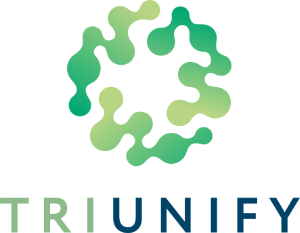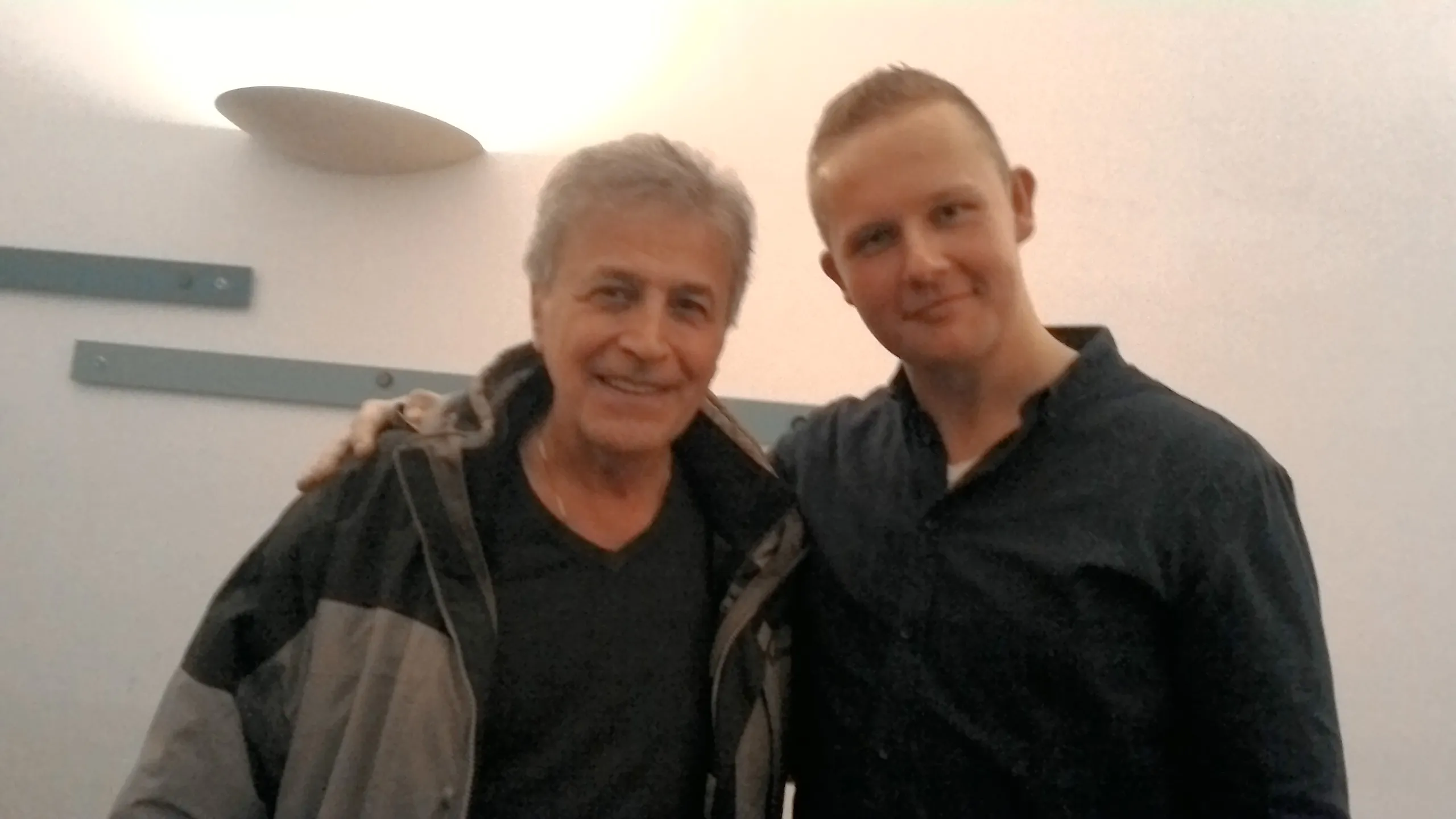Brainspotting: basic information on its meaning, backgrounds and applications.
Brainspotting therapy (often compared to EMDR) is a 20 years young form of therapy that uses spots in a person’s visual field to help them process trauma and all kinds of mental, emotional and even physical blocks. Brainspotting seems to access trauma trapped in the subcortical brain, the area of the brain responsible for motion, consciousness, emotions, and learning. Brainspotting founder David Grand defines Brainspotting as 'a brain-body, mindfulness-based relational therapy'.

Introduction to Brainspotting Therapy
Brainspotting discovered in 2003 by David Grand, Manhattan-based psychotherapist with an extensive background in sports psychology, humanitarian work with trauma and a book published on Eye Movement Desensitization and Reprocessing (EMDR): Emotional Healing at Warp Speed. David Grand worked with a prize-winning ice skater getting "stuck" in one spot. While staying in this one spot, Grand observed her going deeper than ever before and Brainspotting was born.
One of the benefits of Brainspotting therapy over EMDR is that one does not require a specific memory or target image as ‘target’ for the therapy, it doesn’t need to be ‘relived’ and it does not require a specific, verbally attainable memory at all. So, great news for all people who get stuck, but don’t now why, and certainly cannot explain it to their therapist..
How Brainspotting Works
As with many forms of therapy sooner or later after its development its becomes clear THAT it works - with specific audiences, conditions, symptoms, etcetera - but in most cases many questions remain as for HOW it works. Example given, even with well-known and at first glance understandable concepts of Cognitive Behavioral Therapy (CBT) or Acceptance and Commitment Therapy (ACT) the ‘that-question’ is answered, the ‘how-question’ hardly. Since Brainspotting draws much attention on the brain paradigm, it would be nice to see a detailed analysis of how it works in the brain - again, this is an angle and depth of understanding that in psychological treatments is mostly lacking.
For now, most insight in how Brainspotting works comes from David Grand’s own hypotheses and various scientific articles that have a more or less explorative character. Frank Corrigan and Anja Hildebrand for example have given insight in the working mechanisms of Brainspotting and its comparison to the more established Eye Movement Desensitization and Reprocessing (EMDR). The work of Frank Corrigan and later Damir del Monte has helped Brainspotting to define itself from a brain-science perspective.
Simply put however: Brainspotting works on the theory that feelings from trauma can become stuck in the body, leading to both physical and mental ailments. David Grand described this “stuckness” as “frozen maladaptive homeostasis.” Our bodies are generally meant to be in a state of homeostasis, attempting to maintain a stable environment, but this particular kind of homeostasis is not helpful. Brainspotting accesses this and attempts to integrate this interrupted processing of the trauma.
Brainspotting is often positioned as a brain/body model, but David Grand wastes no time to define it in one long sentence as a ‘Brain/Body, Mindfulness-Based Relational Therapy’ (see video below), which emphasizes the many faces Brainspotting can have.
It is possible to make a comparison to Somatic Experiencing (Peter Levine) and EMDR (Francine Shapiro). Generally speaking, Brainspotting is one of the so called Brain-based therapies. I will explain what this distinction means. Traditional talk therapy is known as a “top-down” therapy. That is, it starts with the conscious mind, or put in brain-terms, the neocortex. Brain-based therapies like Brainspotting (BSP), Neurofeedback, Holographic Memory Resolution (HMR) and Progressive Mental Alignment (PMA) tend to work more “bottom-up”. That is, working with deeper layers of the brain that tend to be less verbally and cognitively accessible.
Brainspotting therapy works on the midbrain, which controls parts of the central nervous system that are responsible for processes such as vision, hearing, sleep and motor control. When trauma occurs, this is exactly the part of the brain that is involved in the flight, fight and freeze responses so typical for trauma and trauma-related disorders like Post-Traumatic Stress Disorder (PTSD).
Benefits and Advantages of Brainspotting
That Brainspotting easily accesses the deeper layers of the midbrain produces several advantages for both client and therapist. The client does not need to know what the problem is, does not need to talk about it and in case of trauma doesn’t need an exact memory or specific picture to work with (like required in EMDR). This makes therapy more easy with Chronic PTSD (too many traumatic memories to choose from) and Early Childhood Trauma, Developmental Trauma and Adverse Childhood Experiences (ACE) in general, because these aren’t easily related to one or two specific traumatic events.
For therapists, Brainspotting enables easy pacing in therapy, working naturally without forcing the client at any point. Overwhelm is easier avoided because the Brainspotting process is so natural hardly ever something comes to the front that isn’t ready to be processed. Compared to more protocol-based treatments there is much more involvement of the body, which makes an easy translation to somatic therapies and more holistic conceptual models. If however EMDR-like precision is needed, this can easily be done by limiting the topic of a session to one specific theme or memory, and processing from there.
Last-but-not-least Brainspotting is a highly relational form of therapy, because therapist and client are seamlessly attuned in the so called ‘Dual Attunement Frame’, enabling sensitive interaction from person to person and even brain to brain. This is of great importance to the treatment of any attachment-based grief or trauma (and to be honest, most severe psychiatric conditions and just about everything else boils down to attachment..).
What a Brainspotting Therapy Session Looks Like
Although Brainspotting therapy is a bit more fluid and doesn't have a set standard protocol, most sessions follow at least a general blueprint. Here’s what to expect from a session.
Generally speaking there will always be some form of ‘building a frame’, referring to the Dual-Attunement Frame, the Brainspotting-term for a seamless interaction between therapist and client. If there’s no frame, there’s no Brainspotting. No connection, no trust, no attunement? No pointers and no gazing or spotting.
Allright, assuming that there is a form of safety and attunement, the eye-work can start. And there immediately is another important axiom in Brainspotting: the Uncertainty Principle. David Grand frequently uses this term to emphasize that we know nothing and that doing Brainspotting as therapists (now matter how experienced) we will always be, like David Grand puts it, ‘in the tail of the comet’. Following, not leading, giving room to the natural processing capacities the brain unfolds in this very moment. If you do Brainspotting for 15.000+ sessions, like me, you will be amazed at the human brain, the consciousness and just about everything else that can be said about reality. It rocked my world, that’s what I can say (and I thought my world was quite satisfying and complete). The amazement, by the way, is more about the brain and the human consciousness than that I am personally attached to the methodology of Brainspotting. Although I am deeply grateful.
Summarizing the process: Brainspotting is a natural process, which takes anywhere between roughly 30 and 90 minutes, you staring at one (or two, or three) specific ‘brainspots’, the therapist being completely attuned with you, and you mindfully experiencing anything that comes up - which will probably lead to
Specific Brainspotting Techniques
Anyway, there are techniques. But they are not important, and the longer you do it, the less you will value them or use them. At least, that’s it for me, after about 3000 sessions. I will nevertheless say something about the specific Brainspotting-techniques you may encounter during a session.
First of all there is Outside Window Brainspotting, a term we use for the simplest form of Brainspotting. Here’s how it goes: we move a Brainspotting pointer (nothing special, just a pointer you can by from any office equipment store) slowly from one end to the other and of the visual field, horizontally, noticing any autonomous movement of the body: blinking, swallowing, slight blinks or any involuntary body movement. For therapists: your sensitivity to this small cues marking something potentially significant. Because that’s all it is: potentially significant. We don’t know for sure that blink or movement means something. Scientifically speaking, we don’t know. And that’s what keeps us curious and attuned as therapists, but also as clients. Each and every session is a surprise, to some extent.
More guidance and direction is available in Inside Window Brainspotting, a term we use for the multiple-choice format of a left, right and middle eye position - something that can be expanded into height and depth choices as well (the latter we call Z-Axis).
Sometimes Gazespotting can be used, a Brainspotting term for not using the pointer at all, but trusting our eyes to spontaneously find a brainspot on the floor, wall or ceiling. This sometimes develops naturally, or can be set up with closed eyes first, feeling the SUDS in our body and then opening our eyes to see where they go. It is that simple. The Gazespotting technique can also be used in Self-Spotting (Brainspotting at home without a therapist) and is also used in Dreamspotting and Expansion Brainspotting. Dreamspotting is aimed at working on dreams that feel important to the client (after all, in Carl Jungs terms ‘Dreams are the royal road to the subconscious’, something David Grand likes to translate as ‘the royal road to the subcortex’), Expansion Brainspotting is aimed at strengthening and expanding something the client dearly wishes, or wishes to accomplish.
In specific situations Part Spotting is used, a term for working with so called inner child parts. Although not formally related to each other, without the use of its terminology Brainspotting here approaches in a way that can be compared to Richard Schwarz’ Internal Family Systems. De advantages of Brainspotting here compared to more talk-related psychotherapy is the use of spaciousness, positioning body and pointer, imagining the child entering the room and using nonverbal processing for younger parts that have few words.
What Brainspotting Therapy Can Help With
Though Brainspotting therapy is primarily focused on discovering and alleviating trauma, it can help many different types of issues, especially since trauma’s effects are so far-reaching:
* Anxiety
* Attachment issues
* Substance use (Roby Abeles’ Crocodile Setup)
* Posttraumatic stress disorder
* Transgenerational Trauma (Ruby Gibson’s Generational Brainspotting)
* Chronic pain
* Major depressive disorder
Research on Effectiveness
Although research remains somewhat scant on this modality, one study on Generalized Anxiety Disorder (GAD) found Brainspotting to be more effective than either EMDR or CBT—and patients even continued to get better following their treatment being over. All other modalities showed patients’ symptoms returning at the 6-month follow-up.
In ‘Brainspotting – the efficacy of a new therapy approach for the treatment of Posttraumatic Stress Disorder in comparison to Eye Movement Desensitization and Reprocessing’ (2017) a successful comparison with EMDR was made, something that was repeated in a way by D’Antoni et al. in ‘Psychotherapeutic Techniques for Distressing Memories: A Comparative Study between EMDR, Brainspotting, and Body Scan Meditation’ (2022). On Brainspotting.com there is a page with other Research and Case Reports to explore, if you like.
Brainspotting compared to other therapy forms
During training David Grand emphasizes every time that ‘we honor other modalities’ when questions come that ask for a certain amount of comparison. I think that’s a great attitude, knowing by experience how fanatically believers in a certain model can act towards colleagues that choose a different approach. Although you best find out by yourself, I will quickly summarize the difference between Brainspotting and well-known other techniques.
Brainspotting vs. EMDR
This is always the first question, since many colleagues and clients have heard from EMDR or have experienced it personally in therapy. Eye Movement Desensitization and Reprocessing (EMDR) has a longer history and better scientific track record, it formed the basis of Brainspotting being developed and it shows certain similarities like using SUDS (a subjective 0-10 rating for the amount of tension you experience), using bilateral sound and eyes and being specifically trauma-focused.
But that’s at first glance. There are huge differences in how it works for both client and therapist: Brainspotting is much more mindful, gives more room for openness and natural processing, has no cognitive influence at all (while EMDR still has its ‘cognitions’ and ‘images’) and can work with just about anything (while EMDR needs a specific memory to work with, ideally). Read more in my specific article on the differences between Brainspotting and EMDR.
Brainspotting vs. CBT
Cognitive Behavioral Therapy (CBT) is still the biggest influence in the field, although good old cognitive work from the first and second generation (think of Albert Ellis’ Rational Emotive Therapy and the later Cognitive Behavioral Therapy by Aaron Beck) have now been replaced partially by the third generation behavioral therapies where there is less emphasis on the content of the cognitions but more on its function and (dis)functionality. Examples of this third wave are Acceptance and Commitment Therapy (ACT) and Mindfulness-Based Cognitive Therapy (MBCT).
First of all, Brainspotting is NOT cognitive therapy: the brain and body start processing (organized around a specific eye positioning, the ‘brainspot’) and the thoughts arising are just part of that process. That means there is a natural amount of mindfulness and mindful letting come and go of thoughts and feelings, but there is no intervention on the content of thought at all.
Secondly, Brainspotting does NOT intervene or change behavior. It’s no behavioral therapy either. Thoughts and behaviors do change, but that’s a consequence of the work that’s done inside. Summarized: Brainspotting is an inside-out therapy, while CBT-models mainly work on intervening outside-in. Consider doing Brainspotting in adjunction to a form of CBT? Then the open approach and mindful processing are much easier aligned with the third generation therapies (ACT, MBCT) than with traditional CBT.
Brainspotting vs. Hypnosis/Hypnotherapy
Sometimes the comparison with Clinical Hypnosis or Hypnotherapy arises because Brainspotting naturally involves deeper ‘brainwaves’ or consciousness levels. People who have done both know it’s a vast difference however: there is no intentional induction of a deeper relaxed or hypnotic state, there is no use of language to guide the consciousness processes of the client and there are no interventions done to the material that arises during a session.
Brainspotting Training
Are you reading this as a professional interested in learning Brainspotting? Great! I would love to tell you something about the Brainspotting Trainings (which you can all find on Brainspotting.com) and about the possibilities that arise when doing Brainspotting professionally.
First af all, the trainings come in a specific order, starting with Phase 1 (a basic introduction) and Phase 2 (more basics needed to put it in professional practice) and followed by Phase 3 and Phase 4 (more work with the body, performance and other subtleties). There is the Master Class presented by David Grand himself, and there are Brainspotting Intensives, five-day retreats working intensively with a group of ten therapists in training on your own self. Throughout all trainings you will personally be working on yourself, since the Brainspotting process is by no means just doing a trick or technique but gets you triggered and processing as a human being yourself as well.
I would say the quality of Brainspotting is largely determined by ‘presence’, which naturally expands by doing a lot of work on yourself. For that, taking Supervision and Intervision is encouraged, as well as doing Brainspotting yourself with a more experienced therapist. The 5-day Intensives can really take your personal and professional development to a higher level.
For seasoned psychologists, psychiatrists and psychotherapists it might be nice to notice that David Grand purposefully welcomes everyone to the Phase 1 trainings. In our Dutch situation it felt somewhat strange for some colleagues to meet not only fellow psychologists but also coaches, consultants and holistic therapists that take the same training while they often have less clinical experience or scientific education. I have always seen it as lovely and helpful, as long as we know what we know and don’t know (and that’s a lot).
Ruby Gibson - Generational Brainspotting
Dr. Ruby Gibson is the founder and director of Freedom Lodge - For the Healing and Wellness of All Indigenous People. Her work and her method (Somatic Archeology) focuses on finding the untold story people carry around by using our own body as a 'digging site'. She wrote My Body - My Earth, a book on precisely this topics and since she met David Grand and certified as one of his international trainers she also applies Brainspotting inside her model of Somatic Archeology. As a specialist training for working with generational trauma this is a very interesting application of Brainspotting, which shows the versatility of the Brainspotting-model and brings it even further. The name for Ruby Gibsons model is Generational Brainspotting.
How to find a Brainspotting therapist
If you are interested in trying Brainspotting therapy, the first step is to find a qualified therapist who is trained in this technique. You can start by searching online for Brainspotting therapists in your area or asking for recommendations from friends or family members who have tried this type of therapy. It’s important to choose a therapist who is licensed, experienced, and has received specialized training in Brainspotting.
Since the training model for Brainspotting is so open there are many flavors to find: you might find someone with limited Brainspotting experience but extensive psychotherapeutic skills, you might find someone who has or has not the specific expertise to help you with the questions or problems you need help with. Therefore I would always recommend to schedule a consultation with a potential therapist to ask questions and determine if they are a good fit for you.
Consider working with us?
We were the first to offer Brainspotting group trainings to non-therapists and utilize Brainspotting in our high-end programs for trauma, leadership and performance. We work in the Netherlands and online, but prefer applying Brainspotting face-to-face so there are some physical challenges to that. During COVID-19 however we discovered the many possibilities online work offers also for Brainspotting, so don’t feel discouraged to contact us since if your questions match what we offer. There’s always more to offer than Brainspotting alone.








